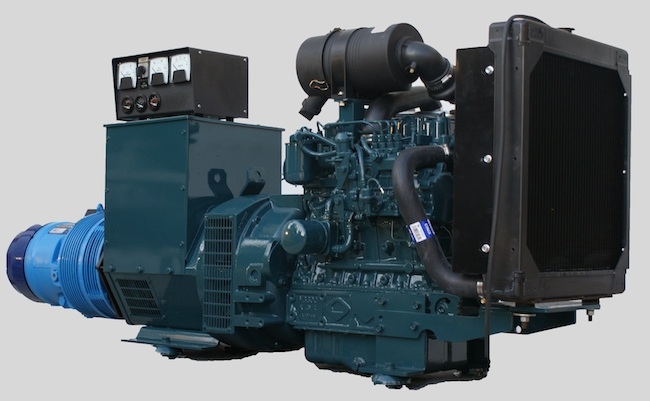

- LIGHT COMPRESSOR FOR PODCASTING HOW TO
- LIGHT COMPRESSOR FOR PODCASTING SOFTWARE
- LIGHT COMPRESSOR FOR PODCASTING PROFESSIONAL
When at noon, these knobs are at unity, meaning there are neither boosting nor cutting the frequency.
LIGHT COMPRESSOR FOR PODCASTING PROFESSIONAL
Some may have just one or two, while more advanced consoles, like those found in professional studios, may have more. Most basic mixers will have three EQ knobs for each channel – one each for lows, mids, and highs. The most commonly used equalisers in podcasting are those found in DAWs, such as ProTools, Logic or Audacity, and on mixers or consoles.
LIGHT COMPRESSOR FOR PODCASTING SOFTWARE
Don’t let this deter you though – there are simple, steadfast rules and types of equalisers you can apply to achieve a certain tonal quality with the click of a button or turn of a knob.Įqualisers come in many different formats – from software in your Digital Audio Workstation (DAW), to knobs on your mixer, to switches on your microphone (you’ll also find them on guitars, guitar amps, sound systems, studio hardware like preamps and compressors, and many more music-making tools and audio devices). The lower frequencies, from 20-250Hz, are bass frequencies the midrange – or ‘mids’ – is comprised of frequencies from 250Hz to 4kHz the upper frequencies range from 4kHz to 20kHz.Īdjusting EQ will have a different impact on the tonality of the audio depending on what frequencies you boost or cut, and there are infinite ways you can sculpt a signal. These sit on a spectrum that ranges from 20Hz to 20,000Hz (the audible range for humans).

When you record a sound, the audio signal is made up of layers of different frequencies. It is one of the most ubiquitous processes in sound production and is an important step in mixing all kinds of audio for all kinds of mediums. In a nutshell, equalisation – or EQ – is the process of boosting or cutting the volume (dB) of certain frequencies in an audio signal in order to manipulate the overall tone of a recording. Below we’ll take a look at the most common and most relevant to podcast production. All professional podcasters will use them to some degree. While the basic elements of sound production (your recording space, microphones, preamps, mixers and interfaces etc) should never be overlooked – as these are what lay the foundation of any great recording – audio processing and effects are what make a podcast shine.
LIGHT COMPRESSOR FOR PODCASTING HOW TO
We’ve covered a few of these in our previous article, How to Get the Best Audio Quality Out of Your Podcast, but here we want to focus specifically on audio processing and effects. There are many factors that influence how a podcast will sound. When you listen to your favourite podcasts, what is it that draws you in the most? A gripping story? Chemistry between hosts? Compelling research? While these elements are undeniably important for a great podcast, there’s one thing that can make or break a show, something that is arguably more important than anything else – sound quality.

A Guide to Audio Processing and FX For Podcasting


 0 kommentar(er)
0 kommentar(er)
